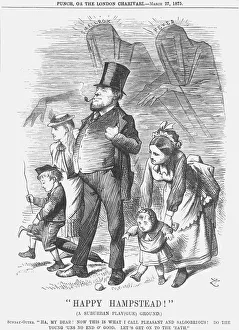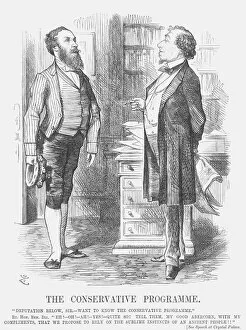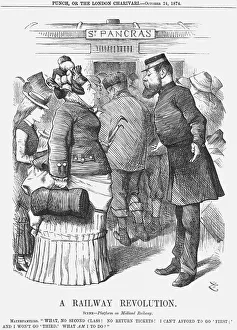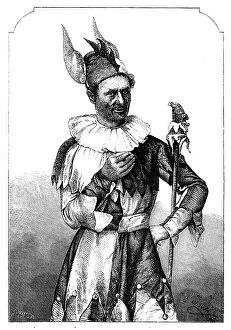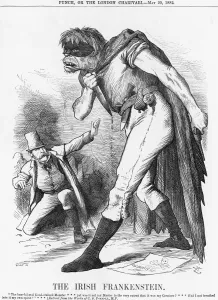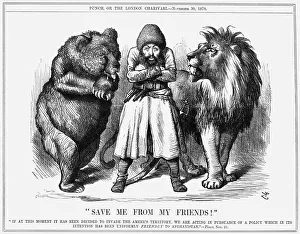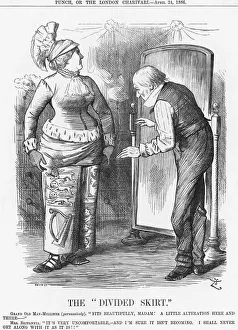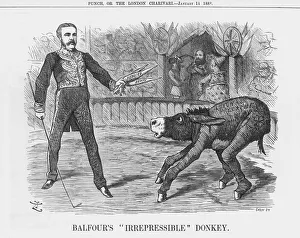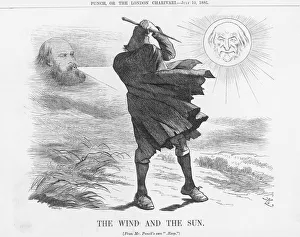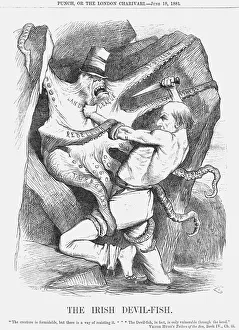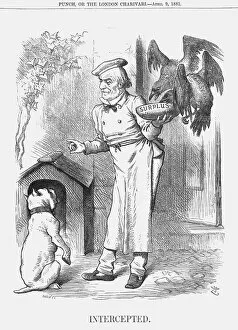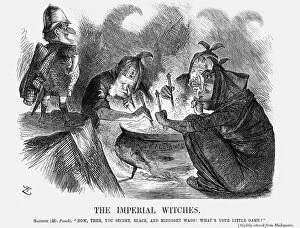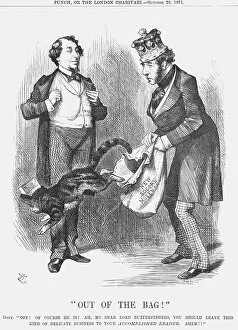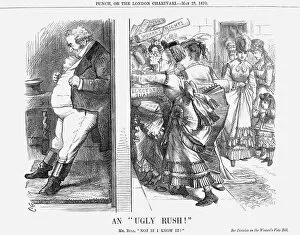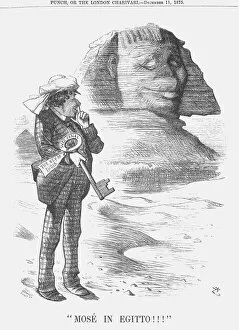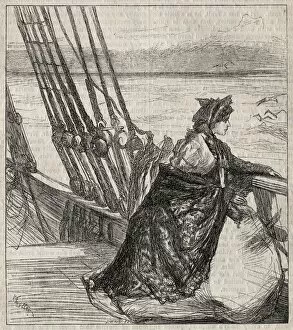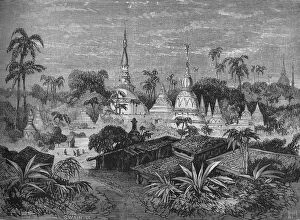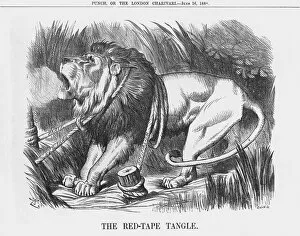Joseph Swain Collection
Joseph Swain was a talented artist who left his mark on the political and artistic landscape of the late 19th century. His works, such as "Happy Hampstead
All Professionally Made to Order for Quick Shipping
Joseph Swain was a talented artist who left his mark on the political and artistic landscape of the late 19th century. His works, such as "Happy Hampstead. " and "The Conservative Programme, " showcased his skill in capturing both joyous moments and serious political undertones. In "A Railway Revolution, " Swain depicted the transformative power of technology, highlighting the impact of railways on society. Similarly, in "The Irish Frankenstein, " he delved into the complexities of Irish politics during that time. Swain's art also explored social issues, as seen in "The Divided Skirt" which addressed gender norms and women's rights. He continued to tackle political satire with pieces like "Balfours Irrepressible Donkey, " mocking prominent figures for their actions or policies. "The Wind and the Sun" portrayed nature's power over man, while "The Start" captured a moment filled with anticipation and excitement. In "A New Piece, " Swain showcased his versatility by creating a captivating artwork that stood out among his other works. His satirical illustrations extended to Ireland with pieces like "The Irish Devil-Fish" and "Intercepted. " These artworks reflected tensions between Ireland and Britain during this period. Lastly, Swain demonstrated his ability to capture military maneuvers in pieces like "Great Autumn Manoeuvre. " Through these paintings, he highlighted not only strategic planning but also the human element involved in warfare. Joseph Swain's body of work encompasses various themes from politics to social issues to nature. With each piece, he brought forth thought-provoking ideas through intricate details and skilled brushstrokes. His legacy lives on as an artist who used his talent to shed light on important topics of his time.

